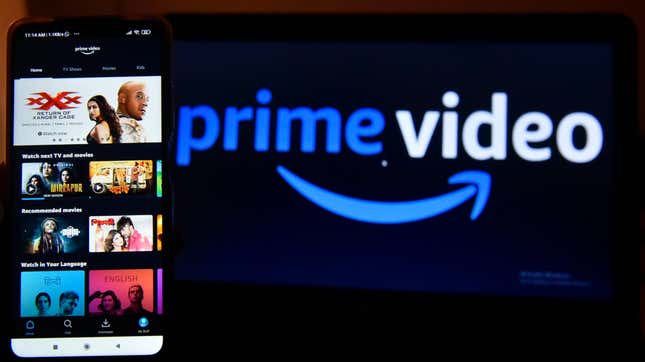
Streamers are on the verge of inventing something major enough to change the world as we know it: regular old cable television. Hey, at least someone will probably get to create the new LimeWire in the next few years as a response, and that will be really exciting for them. Congrats in advance to that genius, because the rest of us are getting dragged through the mud.
The latest streaming service to make the landscape just a tiny bit worse for consumers is Prime Video, which announced today that it would be bringing commercial breaks to its service sometime in early 2o24 (via The Hollywood Reporter). An exact rollout date has yet to be determined. But while this move is in line with other formerly ad-free platforms like Netflix and Disney+, Prime Video has somehow found an even more obnoxious way to separate users from their hard-earned dollars.
While Netflix and Disney+ introduced their ad-supported tiers as “basic” options that users could downgrade to if they wanted to save some money on the standard, ad-free plan, Prime Video is taking a different route. Commercials will now be added to the regular plan for everyone. To remove the bug, users will have to cough up an additional $2.99 per month. (Side note: this change does not affect Amazon’s cost-free streamer Freevee, so the world will thankfully still have full access to gems like the Emmy-nominated Jury Duty.)
Per a release from the streamer, there will apparently be “meaningfully fewer” ads than regular television (Variety puts the benchmark at approximately four minutes per hour), and this revenue will help them pay for more original programming and live sports like the NFL’s Thursday Night Football, the rights to which reportedly cost the platform $1 billion annually. Imagine a large organization squeezing you for money like that! We certainly can’t.